Decoding of biochemical blood test in women, men and children. Why do they donate blood for biochemistry?
Perhaps, blood can be called the most unique element of the human body. Its main feature is that in different amounts it is present in absolutely all organs and tissues. Traveling through the body, she collects information about how the body systems function.
If some organ starts to work incorrectly, then this immediately affects the composition of the blood. For this reason, doctors consider biochemical analysis to be the most accurate indicator of disease.
Why do they donate blood for biochemistry?
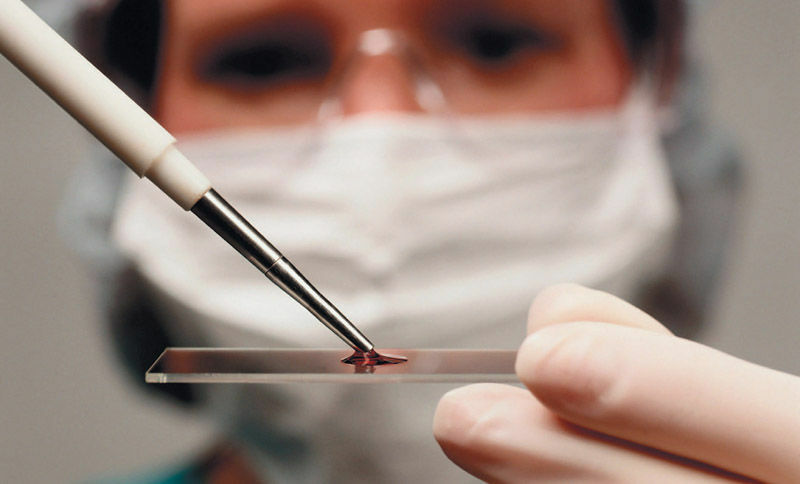 Blood test for biochemistry
Blood test for biochemistry A biochemical blood test is a special laboratory test by which a specialist can find out in what state the human body is. Using it, you can assess how well the kidneys, spleen, pancreas work, and also understand what trace elements are not enough for a person.
In addition, a properly done biochemical blood test will provide accurate information about all metabolic processes occurring in the body of a man or woman. This study can be assigned both for the diagnosis of pathologies, and simply for preventive purposes.
Biochemistry of blood - interpretation of results in adults, men, women, children, during pregnancy: the norm in the table
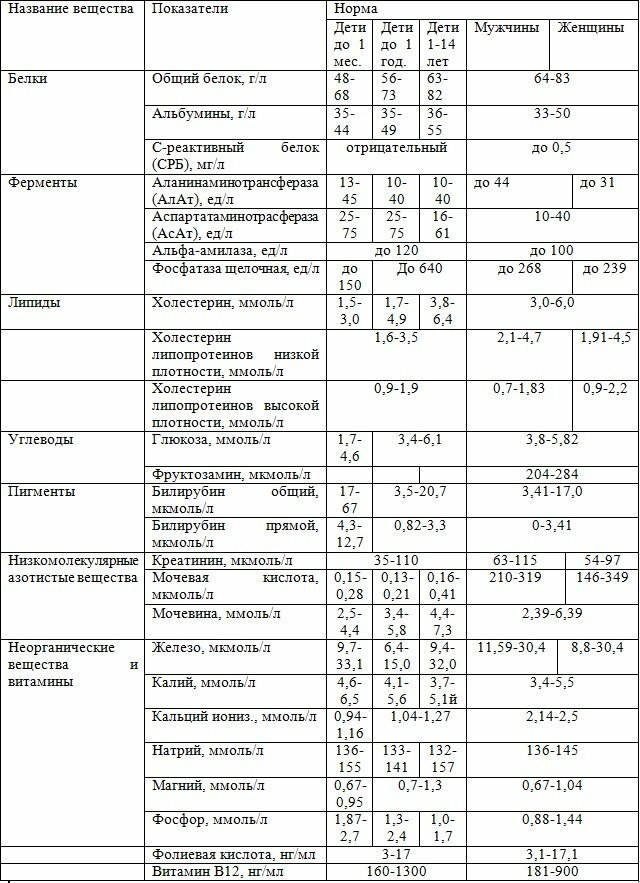 Biochemistry of blood - interpretation of the results
Biochemistry of blood - interpretation of the results In order to give you a more complete idea of what a biochemical blood test is,, which indicates the indicators of the norm. Comparing them with your analysis, you can understand whether you have any deviations.
But teach, this information is presented on our website solely for informational purposes, so it will be better if you decide whether you have a pathology or not, will be a qualified specialist.
Deployed biochemical blood test - what is residual nitrogen: the norm and the deviations
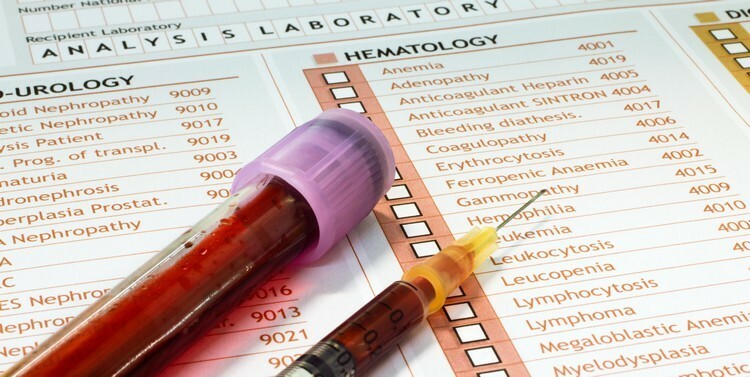 Residual nitrogen: the norm and the deviations
Residual nitrogen: the norm and the deviations Biochemical analysis implies that the total amount of microelements in the blood will be taken into account during the study. As for nitrogen, its amount in the plasma is measured only after the protein compounds are completely removed from it. This indicator is called residual nitrogen in the blood.
As a rule, with the help of this indicator they try to find out whether there are chronic diseases in the human body and at what stage they are. If the man or woman is completely healthy, then this indicator will be kept at the level of 14.3 to 28.5 mmol / liter. In view of this, if the indicator rises above 29.5 mmol / liter, this may indicate that a person develops, for example, hydronephrosis or polycystosis.
An expanded biochemical blood test - what is the total protein: the norm and the deviations of
The total protein of is nothing more than protein compounds that are in the blood. In the case if all the body systems work correctly, its performance should be within 66-83 g / l. If a powerful inflammatory process starts in the body, the total protein can increase even up to 86-93 g / l.
As a rule, this happens against the backdrop of the development of blood, kidney and liver diseases. If these organs start to work for wear, then the protein starts to come out with urine. In some difficult cases, it can be seen with the naked eye( in the urine there will be a small amount of white flakes).
An expanded biochemical blood test - what is ALT and AST: the norm and the deviations of
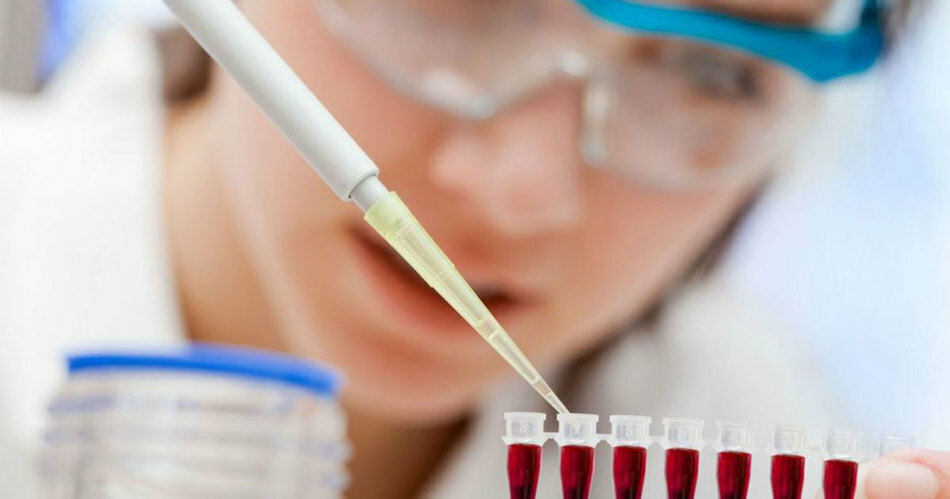 ALT and AST: the norm and the deviations of
ALT and AST: the norm and the deviations of ALT and AST are specific enzymes that are produced by the human liver. In a healthy person, most of them are in hepatocytes all the time, and only a very small amount gets directly into the blood. But if the liver is tired or damaged, the liver cells begin to deteriorate intensively and as a result, ALT and AST begin to increase rapidly.
ACT rates:
rate Women - under 31 Units / L
Male - under 37 Units / L
ACT rates: deviation
Female - from 34 Units / L
Male - from 40 Unit / L
ALT indices:
rate Women -up to 34 U / L
Males up to 45 Units / L
Indicators ACT: Deviation
Female - from 36 U / l
Male - from 47 U / L
An expanded biochemical blood test - what is creatinine: the norm and deviations in pyelonephritis
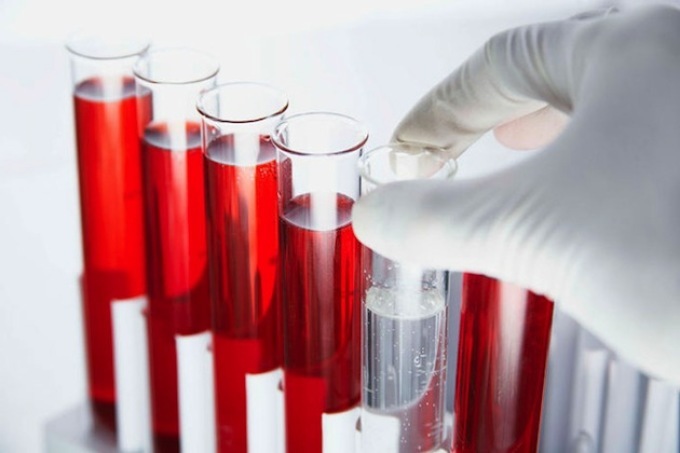 A detailed biochemical blood test - creatinine
A detailed biochemical blood test - creatinine Creatine is indispensable intage to muscle mass and body tissues. He takes part in the energy exchange and helps the human body cope with heavy loads. Creatine is excreted from the body exclusively by the kidneys.
Therefore, if laboratory studies show that the indicator of this substance has increased dramatically, this indicates that the person develops pyelonephritis. And if you say easier, the kidneys are so inflamed that they stop taking creatine out of the body, and it began to accumulate in them.
Creatine is normal:
Female - 53 - 97 μmol / l
Male - 62 - 115 μmol / l
Creatine with pyelonephritis :
Female - 100 μmol / l
Male - 120 μmol / l
A detailed biochemical blood test- What is uric acid( Uric acid): the norm and the deviations of
? Uric acid is the final product of processing protein compounds and also, like creatine, is excreted from organs and systems with the help of kidneys. That is why an increase in this indicator in the blood indicates that the person has obvious problems with this body. As a rule, uric acid rises if a person develops urolithiasis.
Uric acid in the blood:
Women - 150 - 350 μmol / l.
Men - 210 - 420 μmol / l
If the maximum marginal indicators are increased even by several positions, this is a signal that a person urgently needs to take up the examination and treatment of the kidneys.
Biochemistry of blood - parameters of iron: norm and deviations in pancreatitis
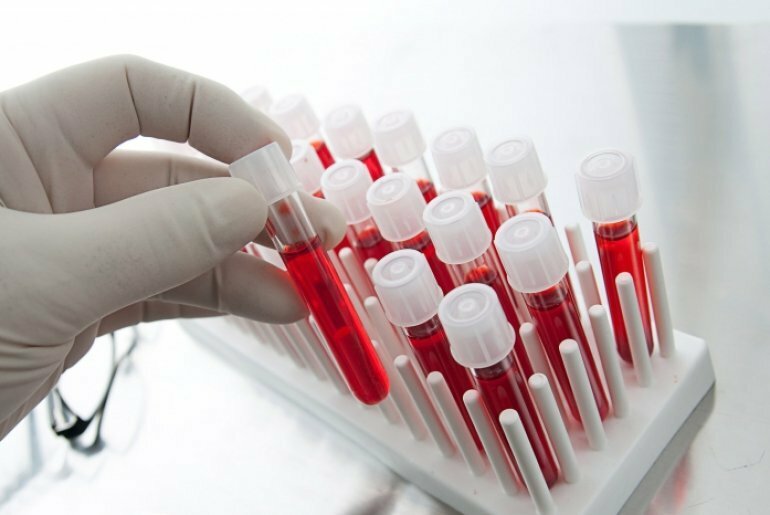 Biochemistry of blood - parameters of iron
Biochemistry of blood - parameters of iron Such an element as iron is simply vital for our body. It is involved in the process of hematopoiesis and helps to transport oxygen to organs and tissues. Normally, the iron level in the body should not exceed 30.43 μmol / l and fall below 8.95 μmol. In case there is a deviation in one direction or another, this indicates that the organism has failed.
As for the parameters of iron in pancreatitis, we can definitely say that with the development of this disease, its rates are falling. As a consequence, the patient has iron deficiency, which provokes a sharp decrease in hemoglobin( this pathology is most often observed in patients with this disease).With pancreatitis, the level of iron in the blood can drop to 6.5 micromolar.
An expanded biochemical blood test - what is LDL: the norm and the deviations of
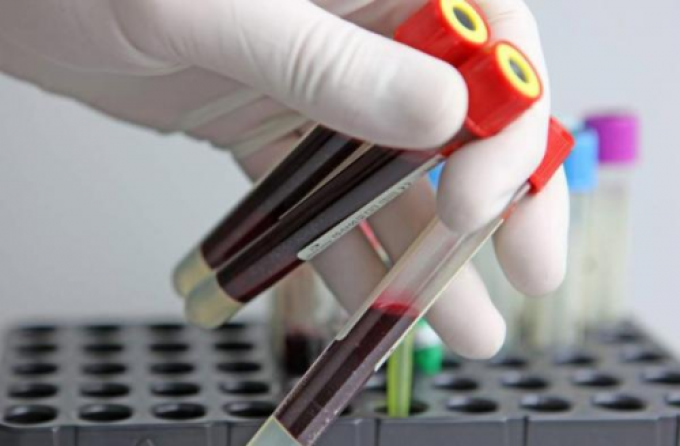 LDL: norm and deviations
LDL: norm and deviations LDL or lipoprotein is nothing more than a protein compound that is used by the blood to transfer cholesterol. These substances are formed by the human liver, so if their number rises, the problem is primarily sought in this organ. LDL refers to harmful compounds, which when strongly accumulated form plaques that interfere with the circulatory system to work properly.
As a rule, if this occurs, a person develops a pathology called atherosclerosis. Normally, LDL levels do not exceed 3.5 mmol / l. If they rise to 4.5 mmol / l, this is already considered a deviation, and a person has to undergo a more thorough examination.
An extensive biochemical blood test - what is CRP: the norm and the deviations of
The is a so-called reactive protein that reacts faster than others to the appearance of an inflammatory process. The increase in its quantity in the blood begins immediately, as soon as pathogenic bacteria and viruses enter the body. A person may not even feel any unpleasant symptoms, and his body will already try to fight the problem.
Also by its number, specialists can find out how much the disease is aggravated. The more aggressive it behaves, the higher will be the indicator of CRP in the blood. It is believed that in the norm the reactive protein values should not be more than 5 mg / l. If they rise to 8 5 mg / l, then this indicates the development of the inflammatory process.
Deployed biochemical blood test - what is Triglycerides( THL): the norm and the deviations of
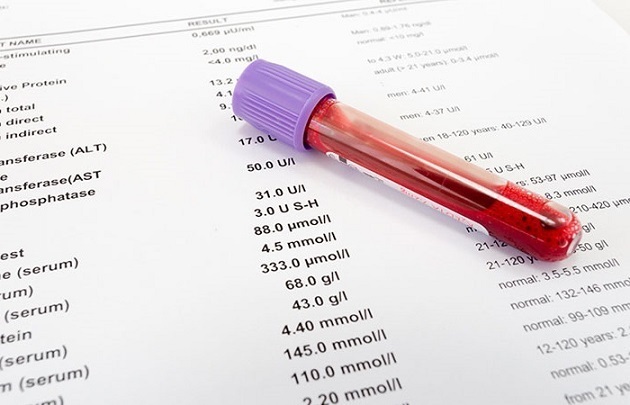 THL: norm and deviations
THL: norm and deviations TGL are lipid fats that are all the time in the blood plasma. With their help, specialists learn about how lipid metabolism passes in the body. If it does not go right, the body immediately violates all the processes associated with metabolism.
As a result, the body stops properly splitting and transporting harmful fats. The norm of TGL is considered to be 0.41-1.8 mmol / l. If in your analyzes you saw great values, then this is already a deviation from the norm.
An expanded biochemical blood test - what is glucose: the norm and abnormalities in diabetes mellitus
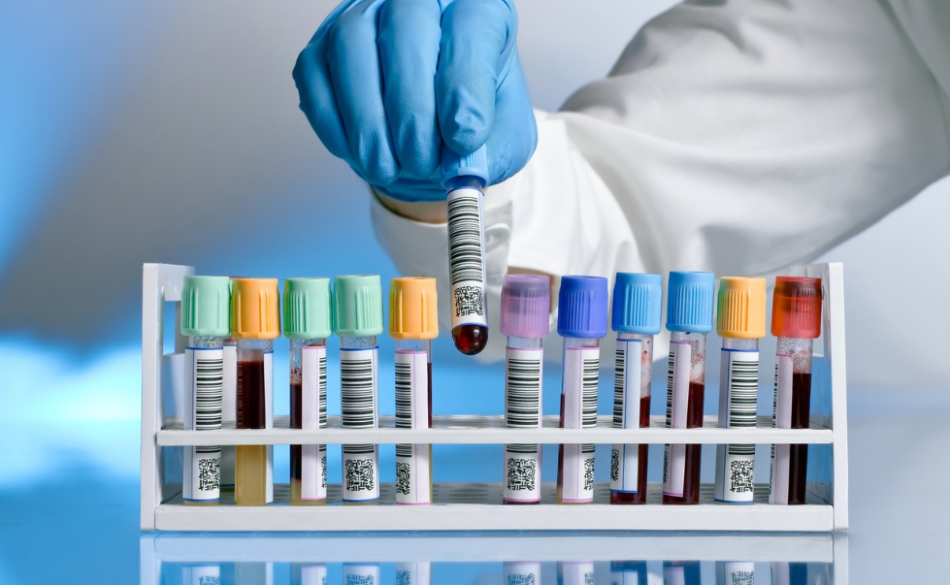 Glucose: the norm and abnormalities in diabetes mellitus
Glucose: the norm and abnormalities in diabetes mellitus When carrying out a biochemical blood test, it is also necessary to look at glucose values. If they are too high( more than 6.38 mmol / l), then this indicates that the person develops diabetes. If the level of glucose falls below 3.33 mmol / l, then this is already a clear symptom of problems with the endocrine system and the liver.
An expanded biochemical blood test - what is alkaline phosphatase: the norm and the deviations of
Alkaline phosphatase is another important enzyme that is present in different amounts in all tissues of the body and in stagnant ones, including. For laboratory assistants, the most important is phosphatase, which is found in the liver and in the human skeleton.
If it is her height, then with certainty it can be said that in these parts of the body there are pathological changes. Normally, phosphatase can range from 30 to 120 U / l. Anything below or above these figures is considered a deviation.
An expanded biochemical blood test - what is calcium: the norm and the deviations of
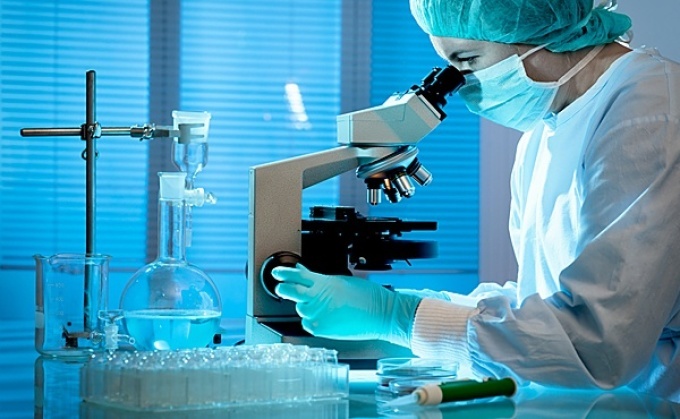 Calcium: the norm and deviations of
Calcium: the norm and deviations of Such an element as calcium is simply irreplaceable for our body. He makes our skeleton strong, helps to properly work the heart and takes part in the transmission of absolutely all impulses to the cerebral cortex.
In view of this, it can be precisely said that if its blood counts go down or rise above the norm, this immediately affects the person's health. It is considered the norm if calcium in the blood ranges from 2.15 to 1.5 mmol / l.
An expanded biochemical blood test - what is amylase: the norm and the deviations of
Amylase is a biologically active element that is directly related to metabolism. And if you say more precisely, he is responsible for carbohydrate metabolism. For the most part, amylase is produced by the pancreas, so any deviation from the norm indicates that the person has problems with this part of the body.
This element helps specialists to find out whether their patient has a pancreatitis or diabetes mellitus. The norm of amylase for all representatives of the strong and weaker sex is from 25 to 125 units. Higher rates indicate the presence of pancreatic pathology.
An expanded biochemical blood test - what is bilirubin( Tbil): the norm and deviations in hepatitis
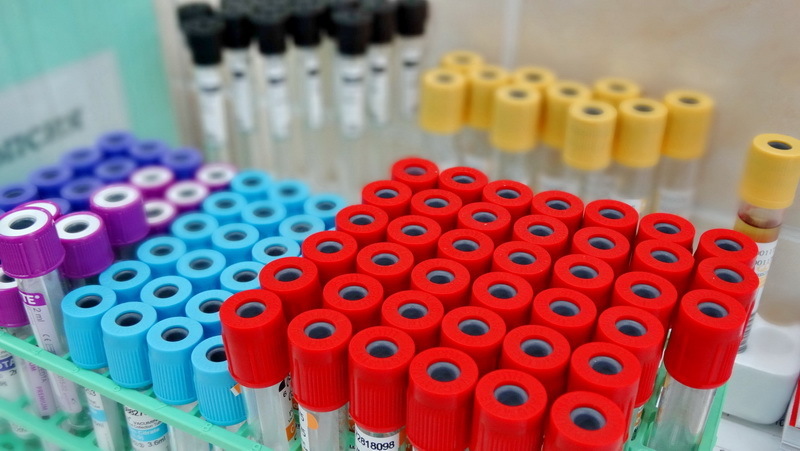 Bilirubin( Tbil): the norm and deviations in hepatitis
Bilirubin( Tbil): the norm and deviations in hepatitis In terms of bilirubin, this element is directly related to our liver. These yellow corpuscles appear when the hemoglobin breaks down or when the destruction of liver cells begins. As a rule, such pathologies are caused by pathologies such as anemia, cirrhosis, or cholelithiasis.
Normally bilirubin should not rise above 17.1 μmol / l. If this figure exceeds 20.1 μmol / l, even without additional studies, we can say that a person has at least developed hepatitis.
An expanded biochemical blood test - what are sialic acids: the norm and the deviations of
Sialic acids are compounds that can be found in small amounts in all tissues, saliva, secrets of the mucous membranes and, of course, in the blood. But despite all this, it is very difficult to find them in the pure form in the body.
For the time being they remain an auxiliary element of other substances and begin to increase in the blood only if the human body meets with a specific virus or infection. The parameters of the norm of sialic acid: 2.00-2.36 mmol / l. Deviations greater than 4.36 mmol / l are considered.
What indicators of blood biochemistry indicate oncology, HIV?
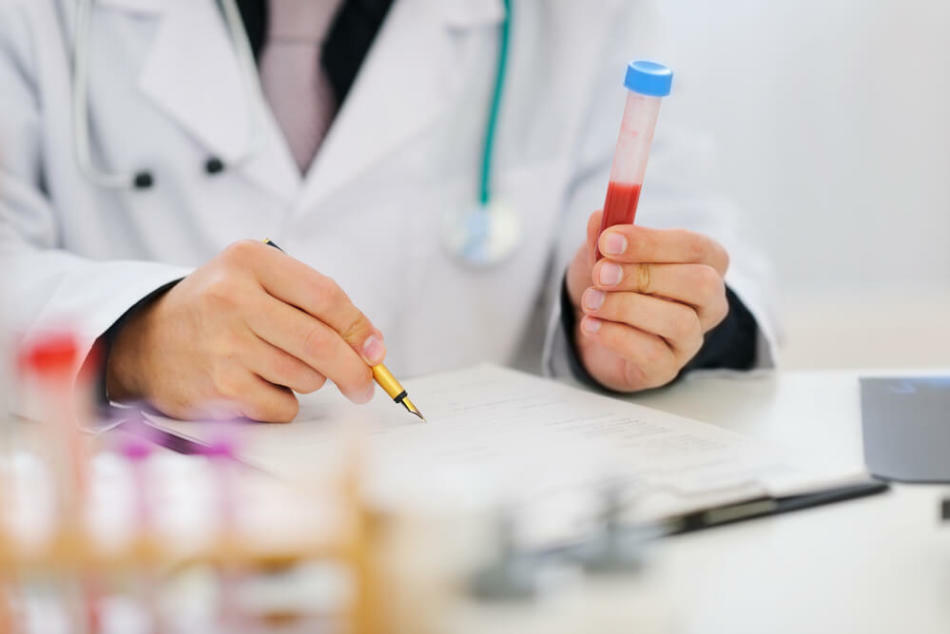 Indicators of blood biochemistry in oncology and HIV
Indicators of blood biochemistry in oncology and HIV As you probably already understood the biochemical blood test, provided that it is done correctly, it can give the most complete picture of what is happening inside the human body. Therefore, if you do it at least once every six months, you can avoid the severe development of diseases such as HIV and malignant tumors.
In the development of cancer pathologies in biochemical analysis will be increased:
Uric acid
Gamma globulin
Urea
With the development of HIV in biochemical analysis will be increased:
Albumin
Potassium
Glucose
How to properly prepare and pass a blood test for biochemistry?
 Preparation for the delivery of the
Preparation for the delivery of the assays. Biochemical blood analysis, like any other study, must be properly prepared. After all, if a person, for example, takes alcohol before diagnosis, the result is unlikely to be reliable.
Also in this case it is extremely important to warn the laboratory assistant about taking medications. It is necessary to do this, because even the most harmless drugs can influence the composition of blood, and therefore the result of tests.
If you want to get the right result, then before the analysis:
Do not eat late at night
Do not eat greasy, fried or spicy food
Do not smoke cigarettes and hookah
Do not exercise
Do not be nervous and do not worry
Biochemical blood test: on an empty stomach or not, can I drink water before donating blood?
Immediately I want to say that eating before the biochemical blood test is strictly prohibited as it can sufficiently distort the result. Ideally, there should be 12 hours between eating and taking blood.
But still some doctors allow their patients to eat and 8 hours before the test. As for water, it can be drunk, but there are still limitations in this case. Use is allowed for liquid without gas, sugar and flavor additives.
How many days is a biochemical blood test done in a polyclinic?
 Analysis of the analysis in the polyclinic
Analysis of the analysis in the polyclinic If we talk about how long the biochemical blood test in a polyclinic is done, then everything will depend on what equipment it has. If it is modern, then the deciphering of the data from the laboratory technician will take no more than an hour.
If the clinic uses obsolete devices for data processing, then it takes at least 3 hours. But in spite of the fact that, if desired, the result of the analysis can be obtained very quickly, the majority of polyclinics officially make this study one day.
